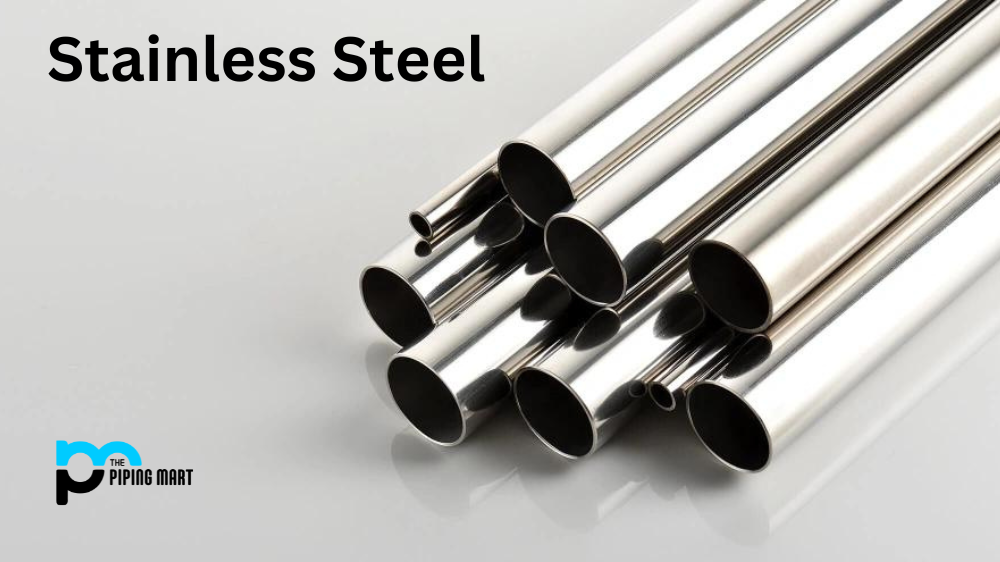In stainless steel, there are different varieties to choose from. The most popular are super duplex stainless steel and 316 stainless steel. Both have their advantages and disadvantages, but what sets them apart? Let’s explore the differences between these two types of stainless steel so you can decide which one is right for your application.
Super Duplex Stainless Steel
Super duplex stainless steel combines austenite and ferrite microstructures that provide excellent corrosion resistance, strength, and durability. It is also more resistant to localized corrosion than other types of stainless steel because its structure contains higher chromium levels. This makes it an ideal choice for applications in harsh environments such as marine environments or offshore drilling projects where saltwater exposure increases the risk of corrosion. Additionally, super duplex stainless steel has a higher resistance to pitting and crevice corrosion than other stainless steel types. It also has superior weldability when compared to 316L stainless steel. Super duplex stainless steel is a type of stainless steel that contains chromium, nickel, and molybdenum. This steel is stronger and more corrosion-resistant than other types of stainless steel, making it an ideal choice for applications in hostile environments.
316 Stainless Steel
316 stainless steel is an alloy that contains both austenite and ferrite microstructures. Like super duplex stainless steel, it offers excellent corrosion resistance as well as great strength and durability. But unlike super duplex stainless steel, it is not as resistant to localized corrosion or pitting/crevice corrosion due to its lower chromium content. However, it does offer better weldability compared to super duplex-grade materials. In addition, due to its low carbon content, 316L grade material can be cold-worked for extra strength without sacrificing any formability or toughness in the process.316 stainless steel is a type of stainless steel that contains chromium, nickel, and molybdenum. This steel is less corrosion-resistant than other types of stainless steel, but it is still widely used in various applications.
Difference Between Super Duplex Stainless Steel vs 316 Stainless Steel
Composition
One of the main differences between super duplex stainless steel and 316 stainless steel is their composition. Super duplex stainless steel contains higher chromium, nickel, and molybdenum levels than 316 stainless steel. This difference in composition gives super duplex stainless steel superior strength and corrosion resistance.
Applications
Due to their composition differences, super duplex stainless steel and 316 stainless steel are used in different applications. Super duplex stainless steel is typically used in hostile environments where its superior strength and corrosion resistance are necessary, such as chemical processing plants or offshore oil rigs. 316 stainless steel is more commonly used in less demanding applications, such as food processing or medical equipment.
Cost
Another difference between super duplex stainless steel and 316 stainless steel is their cost. Super duplex stainless steel is more expensive than 316 stainless steel due to its superior strength and corrosion resistance. However, the increased cost may be worth it for applications that require these properties.
Similarities
Despite their differences, there are also some similarities between super duplex stainless steel and 316 stainless steel. Both steels contain chromium, nickel, and molybdenum, and they are widely used in various applications.
Conclusion:
When deciding between super duplex stainless steel and 316L grade material, you should consider your application needs before making a final decision. If you are looking for high levels of strength, durability, and corrosion resistance, then super duplex might be the right fit for you due to its higher chromium content; however, if you need better weldability, then 316L might be your best bet due to its lower carbon content which allows it to be cold-worked with ease while still maintaining formability and toughness throughout the process. No matter which type you choose, both offer excellent properties that make them ideal choices for various applications in industries such as oil & gas exploration or petrochemical processing facilities where harsh environmental conditions are present daily!

Meet Bhavesh, a seasoned blogger with a wealth of knowledge and experience. From metal products manufacturing to retail, Bhavesh has a diverse background in various industries and is dedicated to sharing his insights and expertise with readers.




